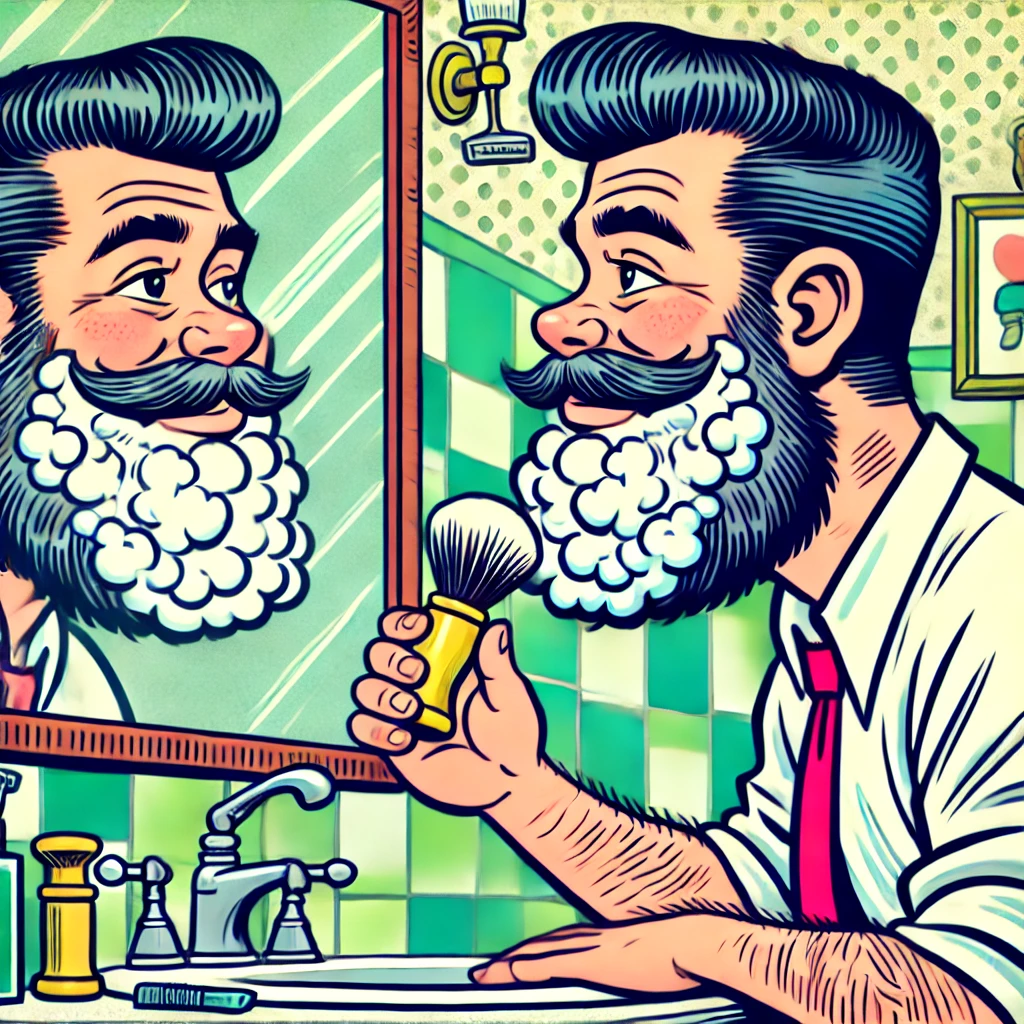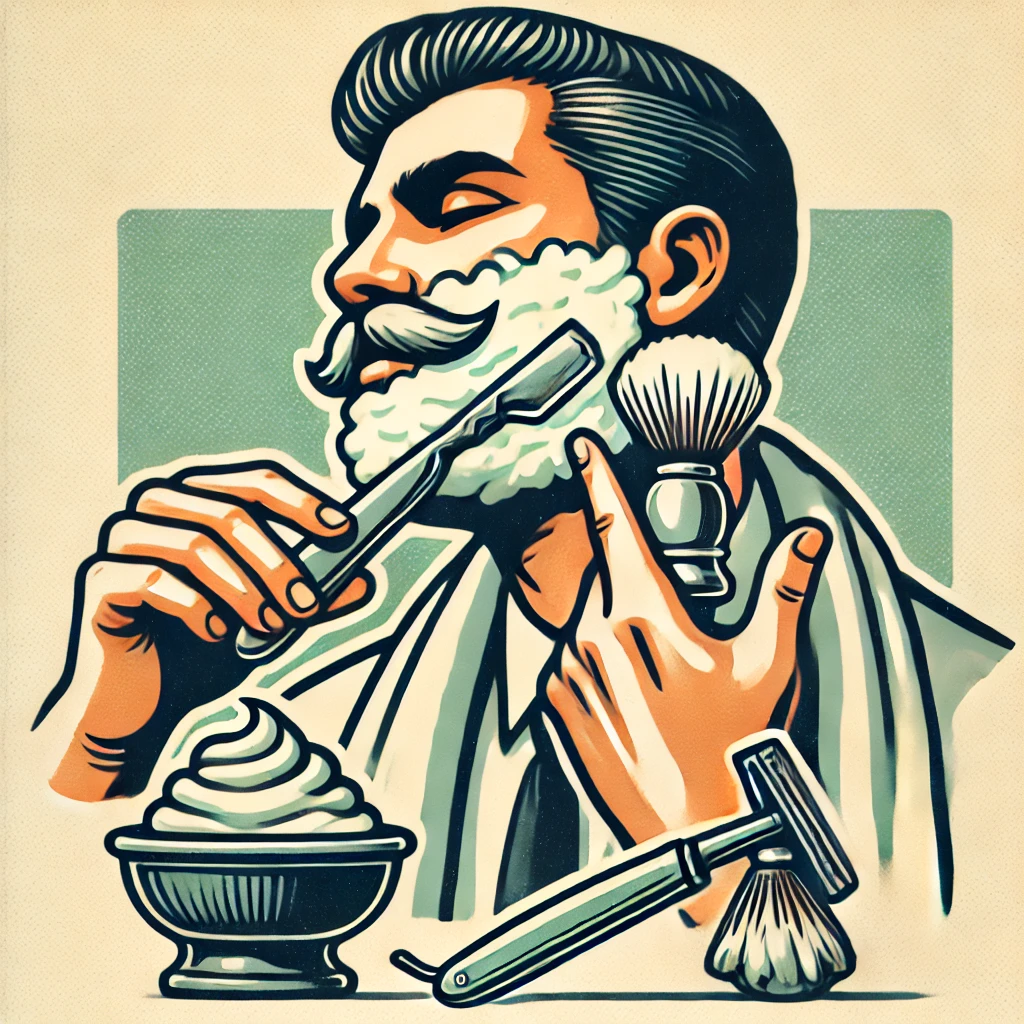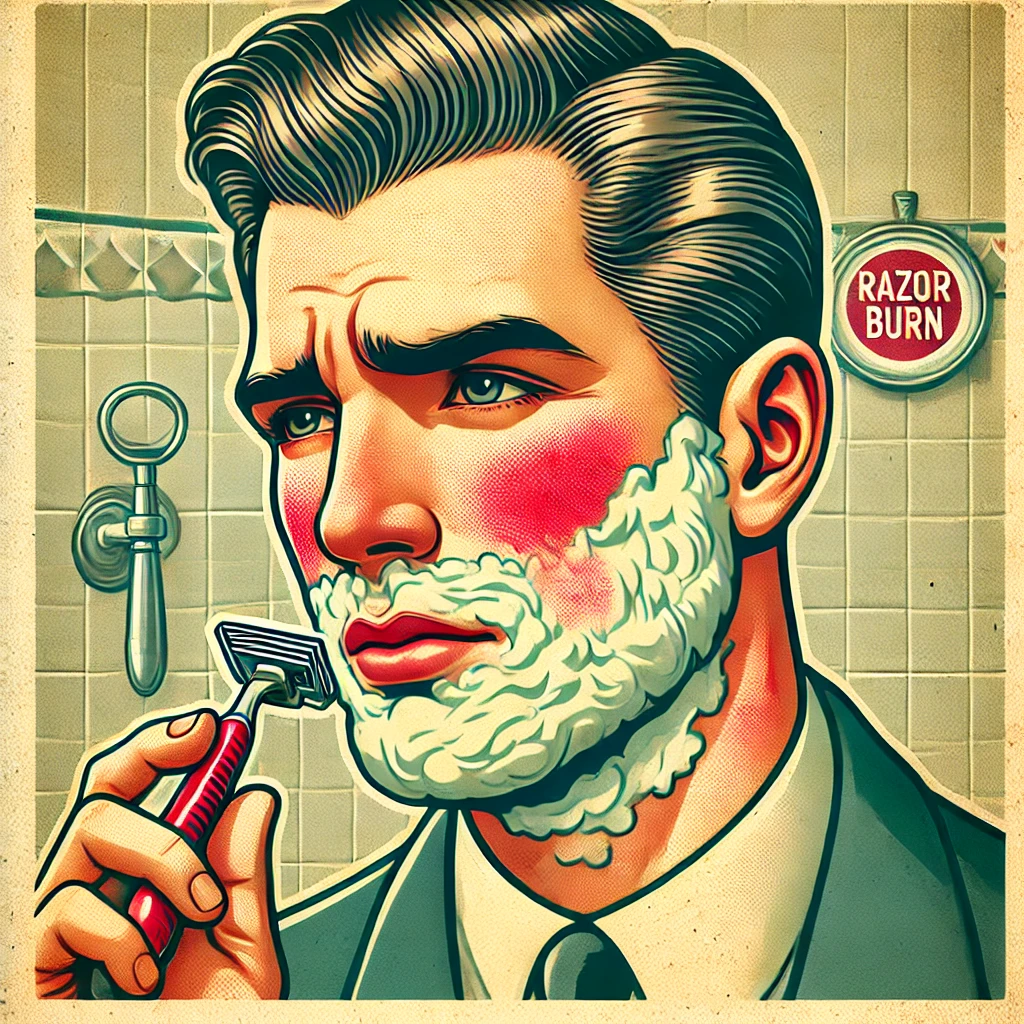Wet shaving offers a traditional and enjoyable shaving experience that can deliver a close, comfortable shave. However, if you have coarse and thick beard hair, achieving a smooth shave can sometimes feel like a challenge. Coarse hair can be tough on razors and lead to irritation or razor burn if not handled properly. Fortunately, with the right techniques, tools, and products, you can master wet shaving even with the thickest of beards. In this article, we will explore essential wet shaving tips for coarse and thick beard hair to ensure you get the best results every time.
Understanding Coarse and Thick Beard Hair
Before diving into the tips, it’s important to understand what makes coarse and thick beard hair different from finer hair types. Coarse beard hair is typically thicker in diameter and more rigid than fine hair, making it harder to cut and often more prone to causing irritation during shaving. The dense growth can also clog razors more easily, making shaving more difficult.
To successfully wet shave coarse beard hair, the right approach is crucial. This involves properly preparing the beard, using the right tools, and mastering the shaving technique to minimize irritation and ensure a close shave.
1. Proper Preparation for Wet Shaving
Preparation is key when it comes to wet shaving a coarse beard. Skipping or rushing through this step can result in a painful shave and leave your skin irritated. Follow these preparation tips to soften your beard and make shaving easier.
a. Take a Hot Shower Before Shaving
One of the best ways to soften coarse beard hair is to take a hot shower before shaving. The steam from the shower opens your pores and softens the hair, making it easier for the razor to glide smoothly across the skin. If you don’t have time for a full shower, simply soak a washcloth in warm water and hold it against your face for a few minutes to achieve a similar effect.
b. Exfoliate the Skin
Exfoliating before shaving helps remove dead skin cells and lift the beard hair, allowing for a cleaner shave. This is especially helpful for those with coarse beard hair, as it reduces the risk of ingrown hairs and irritation. Use a gentle exfoliating scrub 2-3 times a week to keep your skin smooth and prepare your beard for a better shave.
c. Apply a Pre-Shave Oil
Pre-shave oil is a fantastic addition to your wet shaving routine, especially if you have coarse beard hair. It creates a protective barrier between your skin and the razor, reducing friction and preventing irritation. Pre-shave oils typically contain nourishing ingredients like jojoba oil or castor oil, which help soften the beard and prepare it for shaving. Apply a few drops of oil to your damp face before applying your shaving cream or soap.
2. Choosing the Right Shaving Tools
Using the right tools is crucial for shaving coarse and thick beard hair. The type of razor and products you use can significantly impact the quality of your shave.
a. Use a Sharp, High-Quality Razor
A dull razor will tug and pull at coarse beard hair, causing discomfort and irritation. To avoid this, always use a sharp razor blade. For those with thick beard hair, a safety razor is often the best option, as it provides more control and precision. A double-edge (DE) safety razor allows you to adjust the blade’s aggressiveness by changing the angle of the razor, making it easier to cut through thick hair with minimal irritation.
b. Opt for a Razor with Multiple Passes
Coarse hair requires a bit more effort to shave, but that doesn’t mean you should press harder with the razor. Instead, use multiple light passes to reduce the beard gradually. Start by shaving with the grain (in the direction of hair growth) to minimize irritation. If you need a closer shave, reapply shaving cream and shave across the grain, but avoid going directly against the grain, as this can cause razor burn or ingrown hairs.
c. Use a Sturdy Shaving Brush
A high-quality shaving brush is essential for wet shaving, especially when dealing with thick beard hair. A badger hair or synthetic brush works well for creating a thick, rich lather. The brush helps lift the coarse hairs and evenly distribute the shaving cream or soap, providing better lubrication and protection for your skin.
3. Choosing the Right Shaving Cream or Soap
When shaving coarse beard hair, the right shaving cream or soap can make all the difference. A rich, protective lather will cushion the razor and help prevent irritation.
a. Use a High-Quality Shaving Cream
A quality shaving cream is essential for creating a thick, protective lather that will help the razor glide smoothly over your coarse beard hair. Look for shaving creams that are designed for sensitive or tough skin, as they usually contain additional moisturizers and soothing ingredients like glycerin, aloe vera, or shea butter. Avoid aerosol foams, as they tend to be less moisturizing and can dry out your skin.
b. Shaving Soap for a Dense Lather
If you prefer shaving soap, choose one that produces a dense, slick lather. Shaving soaps made with natural ingredients like tallow or vegetable oils provide great lubrication and protection. You can use a shaving brush to create a rich lather that helps soften the beard and protects the skin from irritation. Shaving soaps can also be more economical, lasting longer than most shaving creams.
4. Shaving Techniques for Coarse Beard Hair
Mastering your shaving technique is just as important as choosing the right products and tools. Here are some key techniques to follow when shaving coarse beard hair.
a. Shave with the Grain
Shaving with the grain (in the direction of hair growth) is essential for preventing irritation, especially with coarse beard hair. While shaving against the grain may offer a closer shave, it can cause razor burn and ingrown hairs. If you need a closer shave, opt for a second pass across the grain rather than against it.
b. Use Light Pressure
Many men with coarse beard hair believe that they need to apply more pressure with the razor to get a close shave. However, applying too much pressure can lead to cuts and irritation. Instead, let the weight of the razor do the work. Use light, controlled strokes to shave gradually, reducing the beard hair with each pass.
c. Rinse the Razor Frequently
Thick beard hair can easily clog your razor, making it less effective and increasing the risk of tugging and irritation. To prevent this, rinse your razor frequently under warm water during the shave. This ensures the blade stays sharp and clean for a smoother shave.
5. Post-Shave Care
Caring for your skin after shaving is crucial for preventing irritation, especially if you have coarse beard hair.
a. Rinse with Cold Water
After shaving, rinse your face with cold water to close the pores and soothe the skin. Cold water also helps reduce redness and inflammation caused by shaving.
b. Apply an Aftershave Balm
Avoid alcohol-based aftershaves, as they can dry out and irritate sensitive skin. Instead, opt for an alcohol-free aftershave balm with soothing ingredients like aloe vera or witch hazel. These ingredients help calm the skin and reduce post-shave irritation, making them ideal for those with coarse beard hair.
c. Moisturize Your Skin
Shaving can strip the skin of its natural oils, so it’s important to replenish moisture after shaving. Use a fragrance-free, non-comedogenic moisturizer to keep your skin hydrated and prevent dryness.
Conclusion
Wet shaving with coarse and thick beard hair can be a challenge, but with the right preparation, tools, and techniques, you can achieve a close and comfortable shave. By following these tips—softening your beard, using a sharp razor, and choosing high-quality shaving products—you can reduce irritation and enjoy the benefits of wet shaving. Remember, patience and practice are key to mastering the art of wet shaving, especially for those with coarse beard hair.


